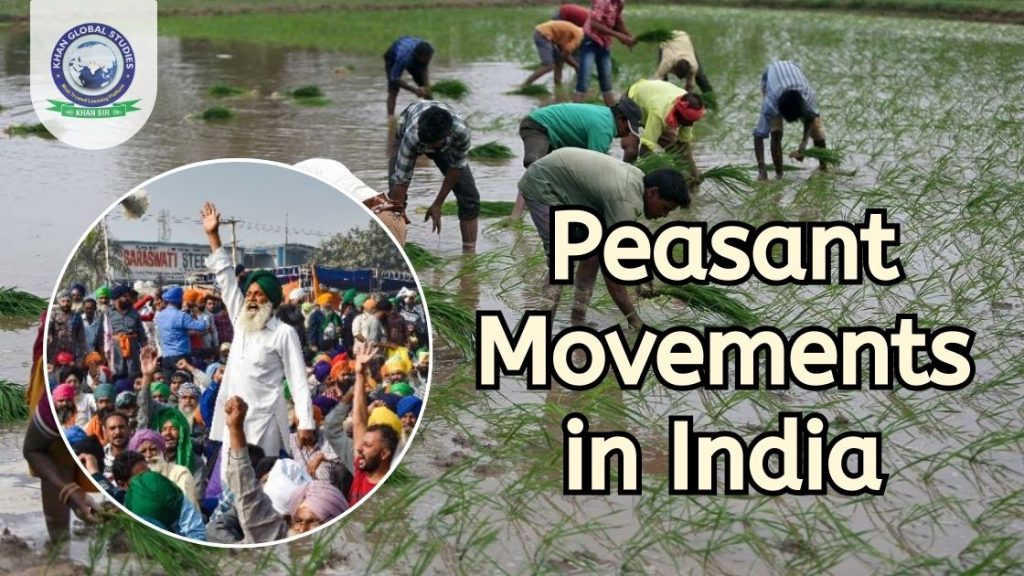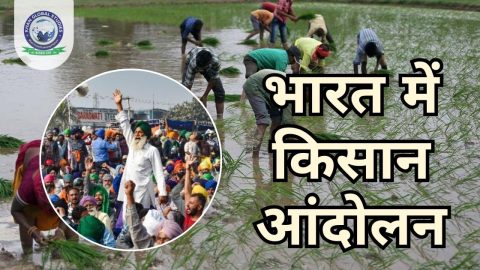Peasant movements have been a recurring theme throughout history, erupting whenever rural communities feel exploited and marginalized. These movements are collective actions taken by peasants, primarily small-scale farmers and agricultural workers, to fight for better living conditions, land ownership, and fairer treatment from landlords and governing bodies.
Understanding the Causes
Several factors contribute to peasant unrest:
- Land Tenure Systems: Unequal land distribution, where a small elite controls vast tracts of land while peasants toil on small plots or as tenants, is a major grievance.
- Debt Burden: High-interest loans from moneylenders trap peasants in a cycle of debt, leaving them vulnerable to exploitation.
- Taxation: Excessive and unfair taxes imposed by landlords or governments leave peasants with little to nothing to survive.
- Low Wages: Poor wages for agricultural labour further worsened the economic hardships faced by peasants.
- Lack of Infrastructure and Services: Inadequate access to irrigation, transportation, education, and healthcare creates additional burdens.
Forms of Peasant Resistance
Peasant movements can take various forms, depending on the context:
- Peaceful Protests: These involve marches, demonstrations, and petitions to authorities, demanding reforms and highlighting their plight.
- Boycotts and Strikes: Refusing to cooperate with landlords or engage in agricultural activities can put pressure on those in power.
- Tax Rebellions: Withholding taxes is a way for peasants to resist unfair or excessive burdens.
- Armed Uprisings: In extreme situations, peasants may resort to violence as a last resort to achieve their goals.
Historical Significance
Peasant movements have played a crucial role in shaping history:
- Social Change: They have driven reforms in land ownership, taxation policies, and working conditions for agricultural labourers.
- Nationalism: Peasant movements have often intertwined with nationalist struggles, contributing to the fight for independence and self-determination.
- Social Justice: By raising their voices, peasants have brought attention to economic inequalities and pushed for a more equitable distribution of resources.
Peasant Movements in the Modern Era
While less frequent in developed nations, peasant movements continue to occur in regions with vast rural populations and persistent land ownership issues. They often focus on:
- Land Rights: Securing land ownership or fairer tenancy agreements.
- Subsistence Farming: Protecting the livelihoods of small-scale farmers against large-scale agribusinesses.
- Environmental Sustainability: Advocating for sustainable agricultural practices that preserve the environment and protect farmers from exploitation by corporations.
Conclusion
Peasant movements are a testament to the enduring struggle for a just and equitable society. By understanding their causes, forms, and historical significance, we gain valuable insights into the social and economic dynamics that shape the lives of rural communities worldwide. As the world grapples with issues of food security, rural development, and environmental sustainability, understanding peasant movements remains crucial for creating a more equitable future.





